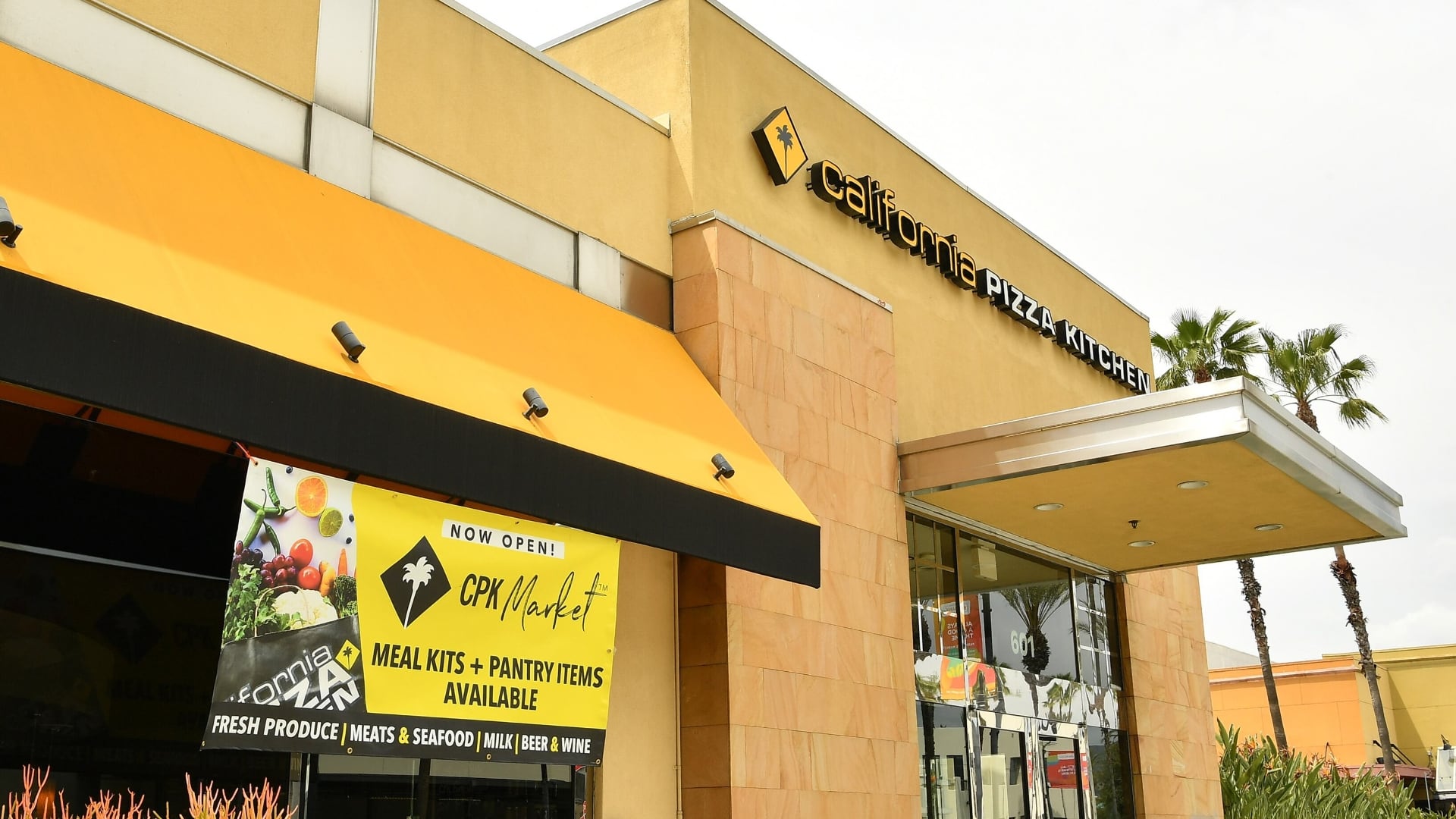Most of us are meat lovers, and Beyond Meat doesn't want to change that. But what the plant-based meat substitute manufacturer wants to do is provide an alternative.
"Meat is really just part of our culture, right?" said Shira Zackai, Beyond Meat's head of communications. "It's at holidays, at graduation parties. It's at barbecues. And we really believe that people should continue to eat meat, but they should do it in a way that's better."
Zackai, who is a mostly plant-based flexitarian, will sometimes eat meat. But if people can start swapping in plant-based products a few days a week, she believes it can make a difference. On top of its health benefits, Beyond Meat burgers production uses 99 percent less water, 93 percent less land, and produces 90 percent fewer greenhouse gas emissions, she explained.
"Whether you want to reduce your meat consumption for environmental reasons, whether you want to do it for health reasons, we want to be able to give you a delicious piece of meat that's made from plants," she said.
But if you're like me, you're probably curious about how your garden variety plant turns into a tasty burger, sausage, or chicken tender. So, Cheddar News visited the Beyond Meat Innovation Center in El Segundo, California, to learn more. The team is led by Beyond Meat's chief innovation officer Dariush Ajami, who previously worked as a biomedical researcher at Scripps Research Institute in La Jolla, Calif.
Ajami's goal at his previous job was to improve human health, and he said it's the same mission that drives his work at Beyond Meat. Meat is made from five main ingredients: proteins, fat, trace minerals, vitamins, and water. All of those components also exist in the plant kingdom — and allow the company to stay away from GMOs, cholesterol, antibiotics, and reduce saturated fat.
"We task our scientists with this big challenge of using better for you ingredients," Ajami said.
A team of 200 researchers, scientists, and engineers work with cutting-edge technology and devices to re-create meat. Some of the devices include a "meat microscope," which can look at products at a macro level. The company has used it to compare beef proteins to yellow pea and mung bean proteins to create products that have a similar structure.
There's also an "electronic nose" that creates a fingerprint of aroma molecules. The machine will cook the product to create gasses, which can be analyzed for similarities. For example, Beyond Meat found that parsley has a similar molecule to cooked meat, giving it an opportunity to create that cooked smell in its product.
My personal favorite was the eMouth, which measures the resistance of a product to create a similar mouthfeel.
"The texture is an important part of the eating experience," Ajami said. "You often see plant-based products are soft or mushy. So what we at Beyond Meat are trying to do is resemble that texture of the real animal meat, and using this eMouth to understand the chew and texture of our products."
The facility also has a test kitchen, where it whips up recipes to try out the products in real life. The idea is to replicate what the average person might do in their home or what the national fast-food chain might serve to customers. Beyond Meat has a number of partnerships at McDonald's, KFC, and Panda Express, among others, not to mention products that the average person can buy at their grocery store including plant-based sausages, chicken tenders, ground beef, and hamburger patties.
"We could really easily be kind of partnering with these fancy restaurants, these high-end restaurants that are super expensive, but we are deliberately going to the everyday places that people really enjoy eating at," Zackai said.
It's really about giving people choice.
"We're really not a brand that's going to tell people what they should be doing, what they're doing wrong," she said. "We really want to allow people to eat the meat that they love, but in a way that is better."












